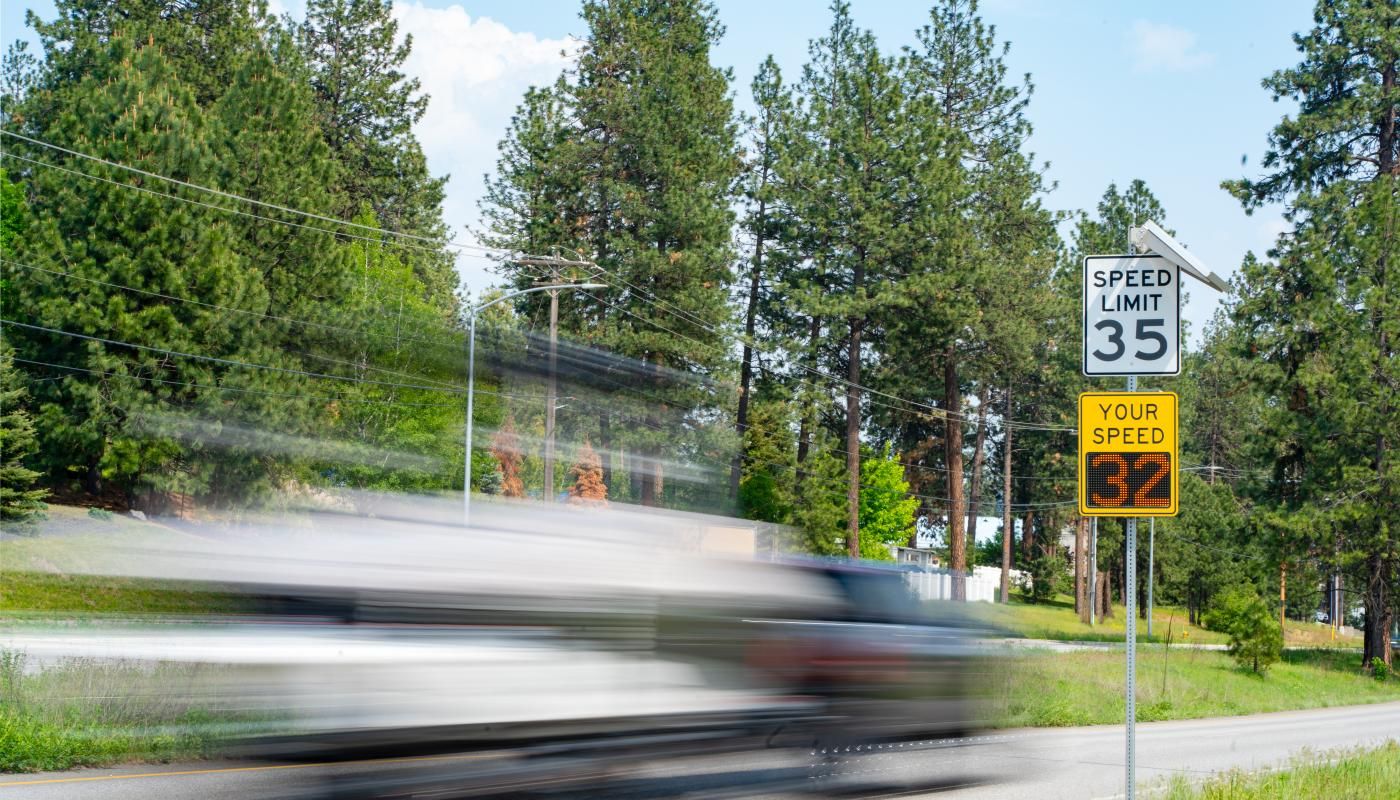Human behavior is intransient, people don’t change their behavior, even behavior they want to change, easily. It’s no different when it comes to driving behavior. Communities and police departments find speeding and traffic safety to be top concerns among residents. Modern approaches to roadway management apply lessons of psychology to modify driver behavior and find traffic solutions that are effective but non-invasive.
Feedback Loops
The principle behind behavior based traffic solutions is what psychologists call a feedback loop. In a feedback loop, a person is given instantaneous feedback about their behavior and then is given an opportunity to change it. The feedback, when delivered, must get the subject’s attention to break them out of their familiar pattern, and it must be real time feedback (or as close as possible) so that there is an immediate opportunity to change the behavior. This method of behavior modification is recognized as the most effective way to change many human behaviors.
Why they work
Human beings get stuck in a rut, behaviorally, like grooves etched in a record. We go about much of our daily routine on autopilot and so behavior becomes habitual. Feedback loops work because they are instantaneous and the person receiving the feedback can make an immediate decision at the point where the behavior occurs. This method of behavior modification is even more effective when the change deemed a desirable or positive one.
Driver Behavior
Driving habits for most daily drivers involve routine trips on familiar routes. When drivers follow the same route daily, over and over, they become lax and their attention can wander. Researchers studying this effect have scans that show significantly decreased brain activity in drivers maneuvering around a familiar track compared to an unfamiliar one. Driving hypnosis actually shuts the brain off. Additionally, the average driver overestimates their driving performance. A study published in Accident Analysis and Prevention had subjects self-report driving skills and behavior and compared the self-assessment to an assessment by an observer and found that 94.8% of drivers rated themselves higher than the observer had. Furthermore, the worse the observer’s evaluation, the higher the self-assessment. At the same time, people generally want to avoid tickets, obey traffic rules, and do the right thing, but they need help regulating behavior that they may be unaware of. This makes Driving behavior an ideal candidate for feedback loop behavior modification.
Driver Feedback Signs
The research into the use of driver feedback signs as a traffic calming method shows favorable results. Case studies from around the country show communities that are deploying driver feedback signs with amazing results.
Lawofficer—a police and law enforcement magazine—claimed;
“Radar speed displays (when compared with speed bumps, rumble strips or other commonly used methods) were ranked No. 1 for having the most immediate and long-lasting effect on calming traffic.”
In a survey of police officers and safety experts. Driver feedback signs are inexpensive compared to the majority of traffic calming programs. Very little construction is needed to install the signs and it is often possible to use existing utility poles and power sources. The signs show immediate effect, and many models allow data collection for analysis. MDI Worldwide Traffic Products called the Driver's Feedback signs by TraffiCalm “the most affordably priced and fully-featured radar driver feedback (DFB) signs to support traffic calming in one small and modular footprint.”
